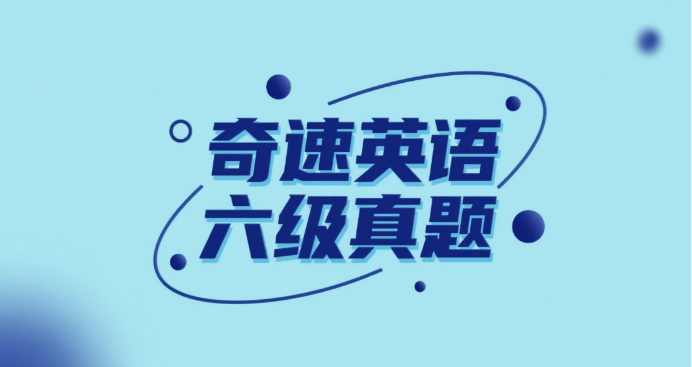
How on earth did we come to this? We protect our children obsessively from every harm; we scrutinize every carer, teacher or doctor with whom they come into contact. Yet despite all this, one group, which in no way has their best interests at heart, has almost unconstrained access.
1.1.Which group of people does the author say has almost unrestricted access to children?
A Advertisers.
B Carers.
C Teachers.
D Doctors.
解析:选A。A 细节理解题。由题干中的unrestricted access to children定位到首段最后一句。定位句指出,有一个在任何情况下都不以孩子们的最大利益为中心的群体,几乎可以不受限制地接近他们,本句并没有点明这是哪一个群体,而随后一段开头就提到了广告商和营销人员,且此后文章都是围绕广告对孩子的影响展开论述的,可知作者所说的可以不受限制地接近孩子的群体就是广告商,故答案为A。
2.2.What kind of people should we enable children to become according to the author?
A Those who look to fame and wealth for external and ultimate validation.
B Those who value themselves because of their contribution to society.
C Those who associate self-worth with the ability to handle money.
D Those who have developed a proper sense of their own identity.
解析:选B。B推理判断题。由题干中的enable children to become定位到第二段最后一句。定位句提到,我们培养的是小消费者,而不是以对其所在的社会的贡献来评估自我价值的年轻公民。根据上下文可推知,作者对“小消费者”持否定态度,那么我们应该培养出的就是本句后半部分所说的,以对社会的贡献来评估自我价值的年轻公民,故答案为B。
3.3. Many child development experts and educators call attention to research that suggests .
A life-long consumerism is causing more and more cases of psychological problems
B increasing commercialization of education is eroding many children's self-esteem
C the growing desire for wealth is contributing to a rising rate of depression
D the craving for purchasing material things is nurtured throughout one's life
解析:选A。A细节理解题。由题干中的 child development experts and educators定位到第四段。定位段指出,许多心理学家、儿童发展专家和教育工作者提到的研究表明,这种从播篮延续至坟慕的消费主义正在导致自卑、抑郁和其他形式的精神疾病的发病辜不断上升。由此可知,终生消费主义会导致越来越多的心理问题案例,故答案为A。
4.4. What does the author imply about the impact of advertising?
A It is actually infectious to many rather than aIt is actually infectious to many rather than a few.
B It is rooted in our desire for material possessions.
C It is comparable to that of virus.
D It is literally limited to children.
解析:选A。A推理判断题。由题干中的impact of advertising定位到第五段第三句。定位句后半部分提到,由于广告的病毒般的效应,它们只需要感染少数人就可以触动大多数人,可见作者暗示,广告的影响可以由少数而推及大众,A项是对定位句的转述,故为答案。
5.5.What is the opponents' argument against a complete ban on advertising to young children?
A It would deprive them of the chance to learn about products.
B It would render them unable to carve out unique identities.
C It would breach their freedom as would-be consumers.
D It would violate the rights endowed upon advertisers.
解析:选D。D细节理解题。由题干中的opponents和complete ban on advertising定位到倒数第二段。定位段指出,会有很多人反对彻底禁止针对11岁以下的儿童做广告。随后引用了他们的观点,认为这侵犯了言论自由,或是侵犯了企业对儿童进行洗脑的权利,D项所述可与该段第二句的后半部分相对应,故答案为D。